Fiber is commonly touted as being good for overall health, particularly for older populations. The traditional thought behind this is that fiber aids digestion, which typically worsens with age, especially for people on a Western or Standard American Diet. Because our bodies cannot digest fiber, the thought is that fiber helps “push” waste through our colons. While this may (or may not) be true, fiber is actually much more powerful than simply a digestive aid.
As I mentioned, our bodies cannot digest fiber, a particular type of carb that we ourselves cannot break down. Other ruminant animals, like cattle and sheep, can though. When they eat high fiber foods, like grass, they are able to produce fatty acids from it. This is one reason why cattle can have high fat content even if they’re grass-fed. Their bodies are set up to create body fat from plants, which is great (and delicious) for us.
When we intake fiber from (organic) vegetables for instance, the fiber passes through our stomachs and into our colons further down in our digestive tract. Once there, certain probiotic microscopic organisms in our gut will digest the fiber and produce fatty acids. These probiotic microscopic organisms in our gut make up our gut biome, an entire ecosystem of several different species that have tremendous effects on our overall health. The gut biome helps us because without it we would have no mechanism to break down and digest the fiber. We’re not ruminants, we’re humans!
Now, although fiber is technically a carbohydrate, we do not produce energy from fiber. Because of this if you eat a dark leafy greens like swiss chard where about half of the carbohydrate calories are fiber, we can say that the “net carbs” are half of the total carbs. For instance, if there are 10 grams of carbs in your swiss chard, you yourself can only digest about 5 grams while your probiotic gut bacteria will digest the other 5 grams, which is the fiber.
There are two huge positives with this that can immediately improve your body:
It is easier to stay in ketosis, your fat burning mode, when a large amount of your daily carbs come from fiber, since you can’t digest them. If you aren’t using the carbs in your metabolism for energy then they can’t kick you out of ketosis. The true amount of carbs you digest (net carbs) will be lower.
A lower overall carb intake (net carbs) will help to reduce global inflammation. High carbohydrate diets are linked to higher rates of metabolic diseases while ketogenic diets with healthy fats are able to prevent and reverse metabolic diseases.
So the takeaway here is to increase your fiber intake by increasing the amount of veggies you eat. Anything from greens (spinach, kale, chard) to the onion family (red onion, leeks, scallions) to starchy vegetables in moderation (sweet potato, squash, zucchini.)
We know that finding the right ratios of foods to eat for weight loss and overall health can be difficult, which is why we created an easy-to-follow, step-by-step program for you. Sign up now to enjoy the benefits and improve your body immediately.

